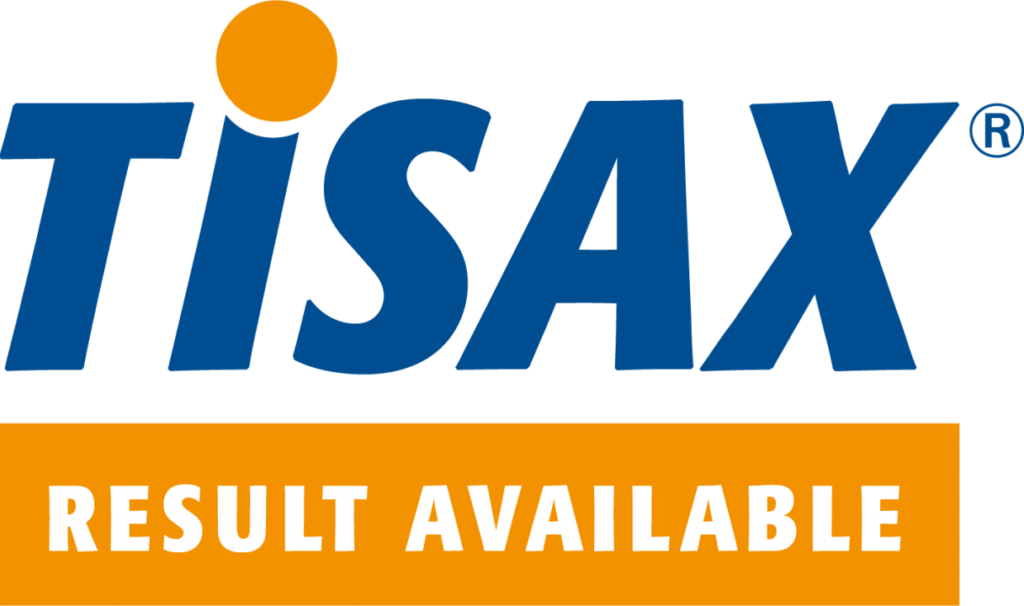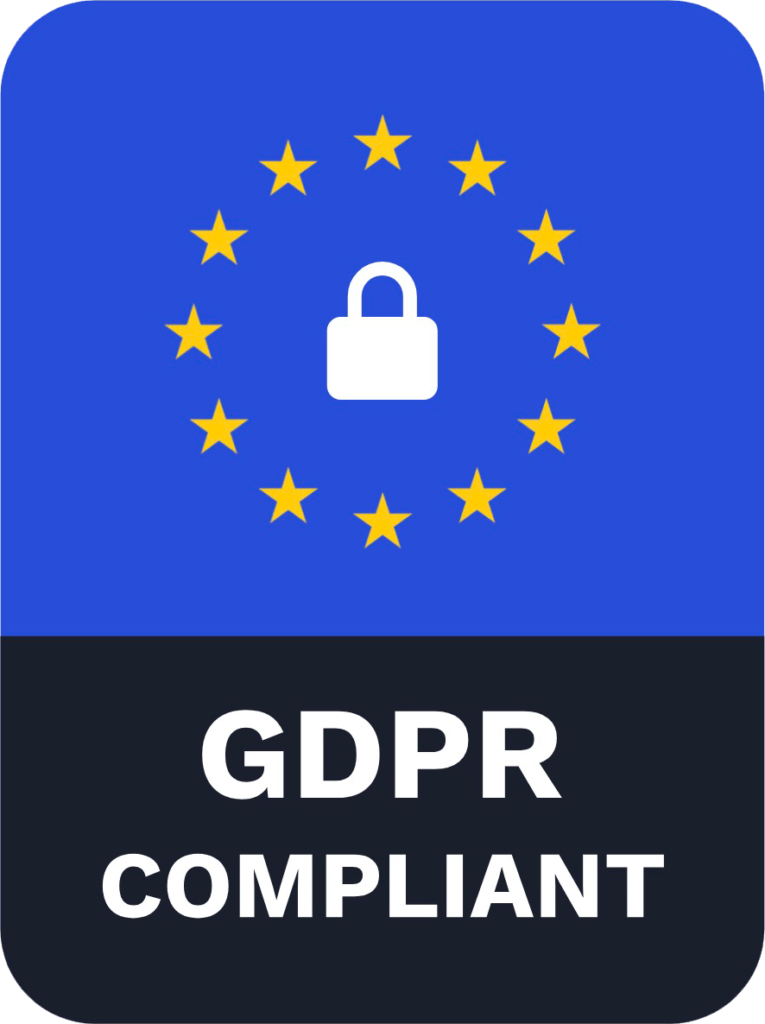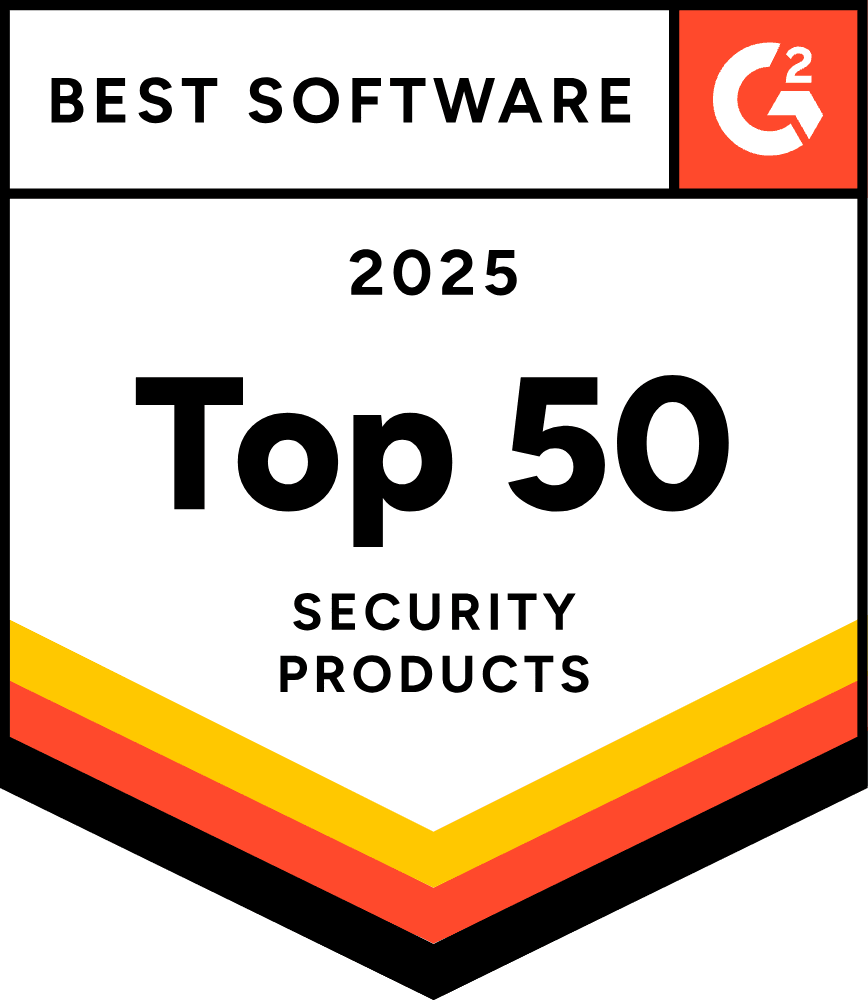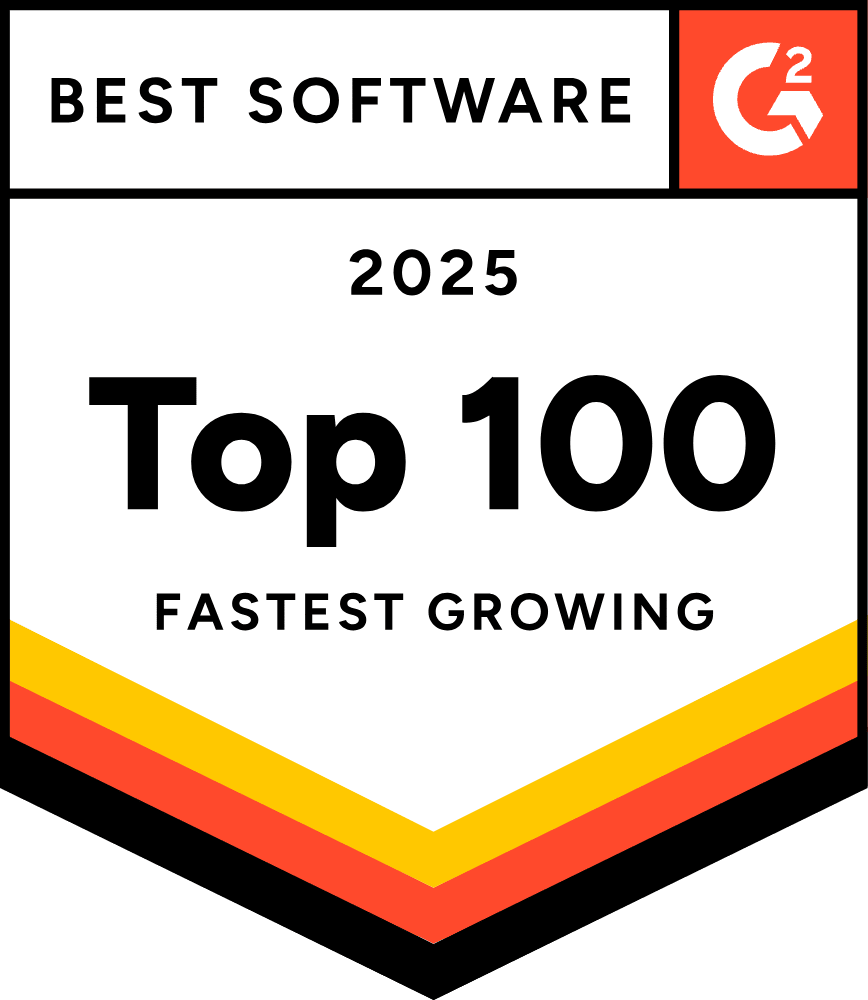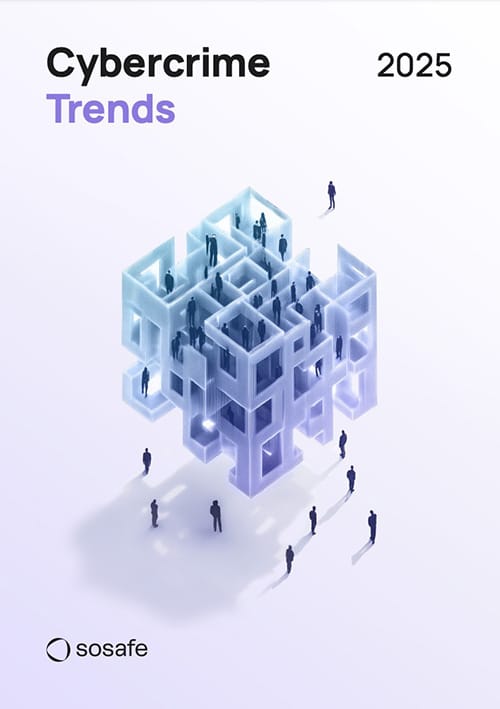Security and Trust
SoSafe’s approach to security

Our Approach to Security
In this section, we discuss SoSafe’s approach to security. It covers the key steps we take and controls we implement across a number of security domains, both in securing our own environments (including our cloud-based platform), and the processes we have in place to ensure we create products that are as secure as possible for our customers and users.
Our security motivation
Security is of very high priority to us. We provide a security product to our customers, so we aim to fulfill a high standard of security on our own.
The more we grow, the more customers will use our product and, therefore, our need for strong and state-of-the-art security will grow even further.
The success of SoSafe SE is particularly dependent on the fact that our business information, as well as customer information, is up-to-date and unaltered and handled with the required confidentiality.
Our team
We have hired professionals in a variety of fields relating to security to fulfill our very ambitious security requirements – and we keep looking for qualified professionals to build, maintain, and improve a state-of-the-art security structure at SoSafe. We want to be “best-in-class” in the field of security. Therefore, our security team is built with the following roles:
- CISO – Leading the security efforts at SoSafe, responsible for monitoring and maintaining the security of SoSafe by ensuring proper collabouration of all roles in the security domain.
- Head of Information Security – Responsible for continuously developing state of the art information security processes, risk management, compliance and governance frameworks.
- Information Security Manager – Responsible for information security processes and monitoring, including compliance with industry practices requirements, certifications, and keeping our ISMS operational.
- Application Security – Responsible for the security of our products and platforms.
- SOC Team – Responsible for incident management and monitoring testing, predictive attack analysis and gathering threat intelligence.
- Legal – Responsible for compliance with legal requirements and certifications.
- Data Protection Officer – Responsible for ensuring overall GDPR compliance for all SoSafe’s personal data processing activities.
Besides our specialized team, all employees at SoSafe complete our e-learning on security and are well trained to fulfill our security requirements.
Third-Party Assessments
ISO 27001
As a company, we completed the ISO 27001 audit and are ISO 27001-certified as of December 20th 2022, with yearly performance surveillance audits. We aim to maintain our regular audits from independent third parties, who also undergo regular SOC1, SOC2, and/or ISO/IEC 27001 audits to verify their practices.
Download ISO certificate from our Trust Center
TISAX
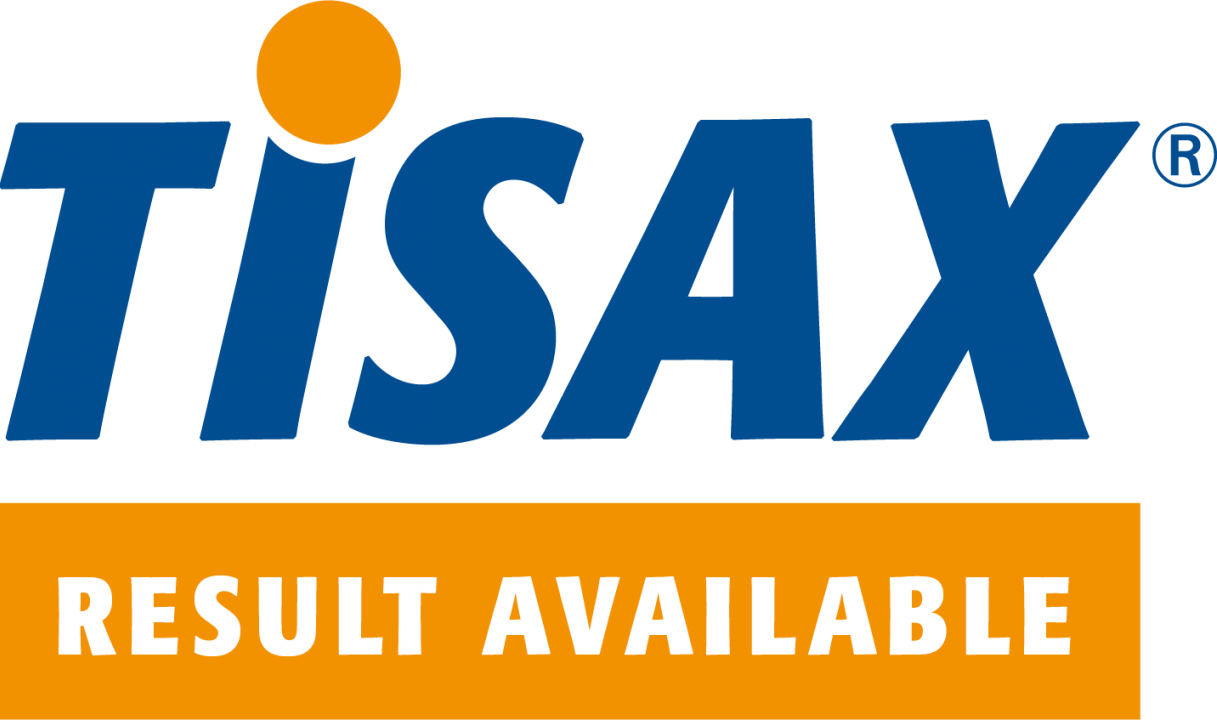
At SoSafe, we recognise the importance of maintaining the utmost confidentiality, availability, and integrity of information. To ensure the highest standards of security, we participate in the Trusted Information Security Assessment Exchange (TISAX) facilitated by the ENX Association on behalf of the German Association of the Automotive Industry (VDA).
TISAX assessments are conducted by qualified audit providers who undergo regular qualification reviews. It’s important to note that TISAX and TISAX assessment results are not intended for the general public. To access the exclusive results of our assessment, please visit the ENX portal at: Tisax Asessement Results · ENX Portal. Our results are available under the Assessment ID ACMGNV and Scope ID S02C8M.
Securing Internal Operations
An effective approach to security starts with keeping our internal environments secure. Our internal security strategy includes the following security principles:
Access management
In our context of application “Access” refers to the use of IT systems, system components, networks and the use of information.
General access management principles
- Need-to-know principle
SoSafe’s employees are only granted the rights or privileges that are absolutely necessary to fulfill their tasks. As an extent, administrative privileges are granted on a very limited extent. - Least-privilege principle
Users are only granted the rights and privileges that are absolutely necessary to fulfill their tasks. - Separation of duties and dual control principle
When granting user rights, the separation of duties and/or the control principle with regard to conflicting duties must be considered. - User administration
User, group, and permission management is centralized using techniques like SSO to minimize the number of user directories to be maintained. - Granting, adjustment, and withdrawal of rights
The modification of access rights is carried out following the four-eyes principle. If a user right is granted outside the permission baseline, it must be documented. Double approval for administrative access is being implemented, meaning that it will need to be approved by the asset owner and a supervisor.All access rights are also checked at least annually. Administrative access is checked at least every six months following our access management policy or in the event of a relevant change to an asset.
As part of the need-to-know principle and least-privilege policies, inactive accounts are blocked or removed accordingly.
Finally, all access rights are revoked within 24 hours after employee offboarding.
- Access to source code
Access to the source code or the code repository is restricted to prevent unauthorized persons from gaining access to it and to also avoid the possible disclosure of company secrets. The need-to-know and least-privilege principles must always be followed as much as possible. Particular attention is paid to temporary employees, such as working students, interns, or external developers. - Authentication requirements
An account is locked after six failed attempts. Remote access from public external network zones can only be achieved with the company VPN which encrypts the information in transit and is accessible via 2FA.
Security of our endpoint devices
All endpoints are secured with endpoint protection, as well as our file storage and file sharing platforms.
All SoSafe employees use company-managed mobile devices to ensure security while working with company assets, including an antivirus system. This is enforced by a mobile device management software and cannot be deactivated by users.
Freelancers that join SoSafe are equipped with mobile devices depending on their work responsibilities and access needs to ensure the same level of security with third parties. This equipment can include the provision of virtual machines or completely managed mobile devices.
All employees receive training on the acceptable use of mobile devices.
Security in Day-to-Day Operations
Log management
- Required logging activities
All hosts and networking equipment perform security log generation for all system components.All hosts and networking equipment issue alerts on security log processing failures, such as software/hardware errors, failures in the log capturing mechanisms, and log storage capacity being reached or exceeded. All alerts must be as close to real-time as possible.
- Centralized logging
Security events are transferred to a managed logging service in real-time or as quickly as technology allows. Log integrity for consolidated log infrastructure is preserved, such as storing logs in read-only. - Required monitoring activities
Processes are developed and implemented to review logs for all systems to identify anomalies or suspicious activity such as our SIEM system. Security baselines are developed, and automated monitoring tools used, to generate alerts when exceptions are detected. - Authorized personnel
Logs are secured by limiting access to individuals whose access is needed to perform their job and protect files from unauthorized modifications following the need-to-know principle. Access to log management systems is recorded. - Compliance
Data are logged securely, taking into consideration the log retention requirements, business requirements, as well as legal and regulatory requirements (e.g., GDPR, Federal Data Protection Act (Bundesdatenschutzgesetz)).Any log containing personal identifiable information needs to be approved by our DPO.
- Retention
Electronic logs that are created due to the monitoring outlined in this document are maintained and readily available for a minimum of 90 days.
Business continuity and disaster recovery management
We have a business continuity management plan in place. This is described in a business continuity management policy and is based on ISO 22301:2019 Business Continuity Management.
Backup management
We operate a comprehensive backup plan for all of our assets and have a backup policy with requirements for each of them.
We have implemented specific requirements for our databases containing customer data.
- Schedule
The database is fully backed up every night, and afterwards continuously backed up by streaming WAL (write-ahead logging). - Recovery time objectives
- In case full recovery is needed (complete database crash), we will need between 1h and 1h 30m depending on the size of the WAL.
- In case of partial data loss we can spin a fully working replica of production in 1h and recover the required data.
Keeping Data Secure
Data centres
Both SoSafe’s data and also its customers’ data is hosted in AWS cloud, which provides a very high physical security standard. There is no high threat to our physical security as we are a cloud-driven company. Furthermore, the data centre offers multiple security measures to keep customer data protected with the highest security standards.
Encryption of data
Any customer data in our products are encrypted in transit over public networks using at least TLS 1.2 to protect them from unauthorized disclosure or modification. Our implementation of TLS enforces the use of strong ciphers and key lengths where supported by the browser. All our systems and data drives that hold customer information use full-disk, industry-standard AES encryption at rest and following BSI (German Federal Office for Information Security) guidelines whenever selecting cryptographic procedures, algorithms, and key length.
Key management
SoSafe uses state-of-the-art technologies for the secure generation, storage, archiving, retrieval, distribution, withdrawal, and deletion of the keys following the National Institute of Standards and Technology (NIST) recommendations.
Private keys are stored in a password manager which makes unauthorized access impossible.
Controlling access to customer data
We do not require the provision for special categories of personal data, although we treat all customer data as equally sensitive and have implemented strict controls governing this data. Within SoSafe, only authorized SoSafe employees have access to customer data stored within our systems. All access is restricted to privileged groups unless requested and reviewed for validity of the request, such as customer requests to access the data, with additional authentication requiring 2FA. Unauthorized or inappropriate access to customer data is treated as a security incident and managed through our incident management process. This process includes instructions to notify affected customers if a breach of policy is observed.
Retention and deletion of data
- Customer data
Only customer master data (if they qualify as personal data) are stored for 10 years according to §§ 147 AO, 257 HGB.Archiving of the customer takes place three months after the expiration of the licenses (to ensure data quality for any subsequent licenses). This period can be extended or shortened at the request of the customer.
A reminder is sent 4 weeks before archiving to the contact person of the customer to download the reports / certificates.
SoSafe maintains a proof of proper destruction, following ISO27001 standard for deletion and disposal of data, stating that any storage media shall be verified to ensure that any sensitive data and licensed software have been removed or securely overwritten prior to disposal or reuse.
During client deletion from the SoSafe Management Software, a deletion report is generated documenting the time and scope of the deletion. This deletion report is retained and presented to the client upon request.
- Customer’s employees’ data
The deletion of individual data or all a customer’s employee data is possible for the customer at any time manually via the control panel.User access to our e-learning will be deactivated at the end of the license period.
Personal data of participants of a phishing simulation or an e -learning campaign in the user database are automatically deleted when the client is archived (three months after license expiration).
Up to 28 days after deletion, the data could still be reconstructed from back-ups, if necessary.
- Active directory
If users are deactivated in Active Directory (AD) by the customer or lose the right to use the SoSafe E-Learning application, they are also deactivated on the SoSafe platform, won’t be able to log in, and are no longer part of the phishing campaigns.If users are reactivated in AD or regain the right to use the SoSafe E-Learning application within 30 days, users will be reactivated and will be able to continue at their last status.
After 30 days, deactivated users are deleted, including progress data. If the user is then reactivated in AD, a new user is created on the SoSafe platform, which no longer has access to their old data.
Securing Our People
Security awareness training
We make sure all SoSafe employees undergo security awareness training during the onboarding process and then on an ongoing basis so that security remains part of their default thinking. The training is reinforced with the help of constant phishing simulation attacks that our employees go through to help them be prepared and aware of real attacks.
Topics addressed in our security awareness training programme include current threats and scams, secure working practices, potentially risky behaviours that create security risks, and compliance and regulatory issues.
Security Champions Program
Through our Security Championship Program we are building a security culture among SoSafe that increases the cybersecurity awareness and accelerates and improves development and product releases in terms of security.
Our focus is mainly on the Product Development and Engineering departments where we have security champions that fill the gap between the Application Security and experience squads, and ensure that our security gates are fulfilled and the security controls are not bypassed in the software development lifecycle.
Protection against security threats
Security testing
Security testing is an important aspect of the development lifecycle and it is tackled in the implementation phase and as well in the testing phase of the Secure Development Life Cycle (SDLC).
The security testing is accomplished through our tools in the implementation phase, and it follows a shift-left approach and ensures that the developers are writing secure code. Moreover, all the open-source external libraries used in our product are continuously monitored.
In the testing phase, the security testing is ensured by the Application Security Engineers, and all the important features are dynamic security tested as well.
Vulnerability management
- Vulnerability scanning
Our platform is continuously monitored by ensuring automatic vulnerability scanning and addressing vulnerabilities immediately for remediation after discovery. - External open-source libraries scanning
The external open-source libraries that we use are continuously scanned by our Software Composition Analysis and addressed to the right team for patching. The libraries are patched by taking into consideration the SLAs defined based on the severity of the vulnerabilities.
Incident response
- Security incident response testing
To be able to respond properly to a real attack, it is necessary that all stakeholders know in advance how they should react and what they need to do. SoSafe conducts regular incident response exercises to develop incident response practices.





